One-box Bliss? Cruise Origin Is GM's First Ground-up Driverless Vehicle

Did General Motors’ self-driving arm reveal the future on Tuesday night? The automaker and its Cruise LLC subsidiary sure hope so, as both see big, big dollars coming from future autonomous ridesharing fleets.
The Cruise Origin unveiled in San Francisco last night is supposedly the vehicle (don’t call it a car) that will make that revenue stream possible. It certainly doesn’t look like a car, and the difference grows even greater when those side doors part.
Created with help from Honda, which dumped $2.75 million into Cruise back in 2018, securing it a 5.7-percent stake in the company, the Origin is bound for production. It’s also bound, initially, for California roads… once Cruise secures the necessary permits. Unlike other autonomous fleets, which carry a safety driver overseeing the operation of the converted passenger car (like Waymo’s Chrysler Pacifica fleet in Phoenix, or Uber Technology’s Volvo XC90s), there’s nothing for a driver to do in the Origin.
There’s no driver’s seat. No steering wheel, either, and no pedals. As the first ground-up, purpose-built driverless vehicle to come from Cruise, the flat floor and open cabin (to say nothing of the pop-out sliding doors) has more in common with a commuter train carriage than a car. Passengers in the Origin sit facing each other, doors to their side.
Obviously, the powertrain is electric. Origin finds its underpinnings in a new GM-derived platform created specifically for the task of shuttling paying passengers around town in relative silence.
Dan Ammann, CEO of GM’s Cruise division (and formerly president of GM itself), talked up the awfulness of human-driven passenger vehicles in a blog post.
“Fifty years, and all we’ve gotten is one incremental change after another,” he wrote. “We’re still cramped in a tiny space. We’re still burning fossil fuels, polluting our cities and destroying our planet. We’re still spending hours out of our day stuck in traffic, inventing new swear words. We’re still dying at a rate of more than 3,000 people per day.”
Calling the Origin “our answer to the question about what transportation system you’d build, if you could start from scratch,” Ammann boasted of the vehicle’s advanced sensor suite, which purportedly gives the Origin the ability to better feel out (and respond to) other drivers, pedestrians, and cyclists, as well as the ability to peer through darkness and poor weather. HD maps crafted via LiDAR sensors help guide the vehicle through a city, while other sensors monitor the road ahead and the vehicle’s periphery.
Currently, Cruise operates a self-driving ridesharing fleet for its San Francisco employees, employing a number of converted Chevrolet Bolts for the task. Those vehicles are responsible for collecting useful data for the Origin project. While Ammann wouldn’t say when he expects production to begin, or when the necessary approvals for full driverless ridesharing operations might land in its lap, he did wrap the Origin in a cloak of safety.
“Every mile in San Francisco is packed full of rich information. Which means the Origin is learning about how people drive, how to maneuver in unusual circumstances, and how to react to situations that seem impossible to predict,” he said. “We’re preparing it to anticipate things that shouldn’t happen, but do.”
The American public remains fairly hesitant to enter a vehicle driven entirely by itself; past incidents involving AVs operated by tech rivals haven’t helped their reputation. Ammann doesn’t want Origin passengers to feel like guinea pigs.
“We’re on track to crack the superhuman threshold in urban environments, and expect to be well past that threshold by the time the Cruise Origin enters production,” he said, referring to a vehicle’s ability to process information and respond quicker and more efficiently than a homo sapien. “We’re looking at safer roads on day one.”
Cruise anticipates the lifespan of an Origin vehicle to be 1 million miles, raising the fleet’s projected profits and lowering the cost of a ride.
[Images: Cruise]

More by Steph Willems
Latest Car Reviews
Read moreLatest Product Reviews
Read moreRecent Comments
- TheEndlessEnigma Looking pretty dirty and worn inside for only 11,000 miles.
- Add Lightness ...and I thought the Trump Towers were excessively pretentious.
- Daniel Tons of discounts out there on the eGMP's, just pick your style: Ionic 5/6, Kia EV6 and Genesis GV60. Personally, I got $20k off on a $60k MSRP GT-Line EV6 (only $7500 of that was a "rebate" from the state, the rest was Kia and dealer discounts). They are not only the same platform, but nearly identical mechanically other than slightly adjusted wheelbases. Find this one ugly? Look at Ionic 5 or EV6 instead, it's actually pretty cool how they came up with 4 distinct styles with basically the same car to fit many different tastes.
- Dave Holzman EVs will be ready for prime time when the chargers are dependable, and easy to use, when they can fill the battery in around 10-15 minutes, when there are sufficient numbers of them that people don't have to hang out for a half an hour waiting for a fast charger to be free, when chargers are widely available even in Nebraska, Wyoming, eastern Oregon, Nevada, Utah, the northern parts of Maine, New Hampshire, and Vermont, and within 10 miles of the start of the Tail of the Dragon, and when they get fixed pronto when they have problems.
- MaintenanceCosts The Supercharger network is something with much more growth potential than their actual car building operations, which has been marvelously run to this point and has a years-long head start on all its competitors, and Elon lays the whole team off?I don't know if it's distraction or the drugs, but he is not making good decisions and should not be CEO anymore.



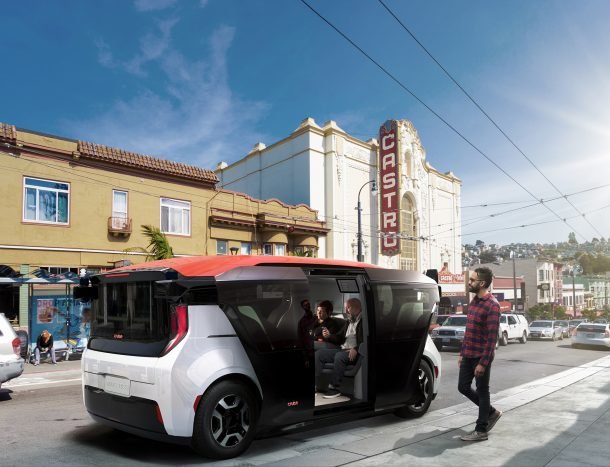
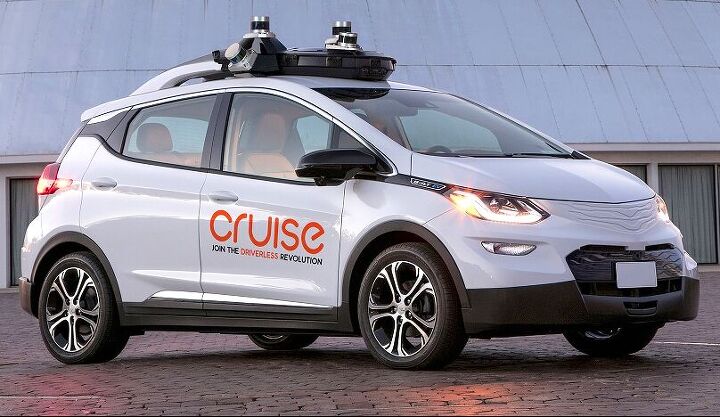














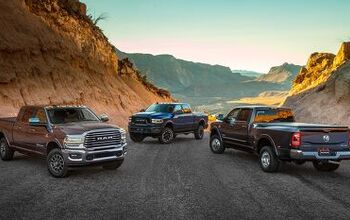
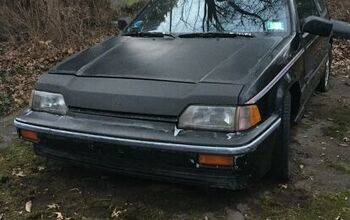
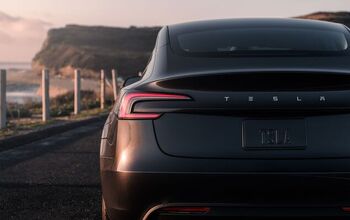
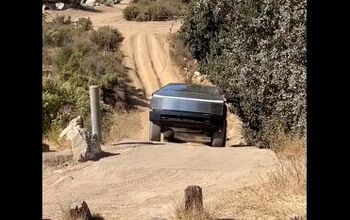
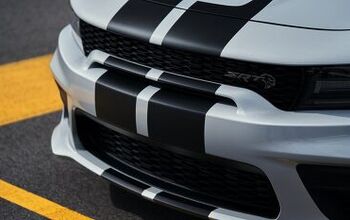
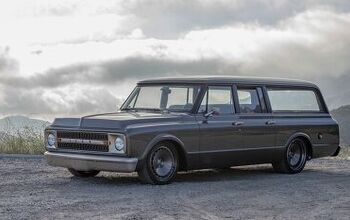
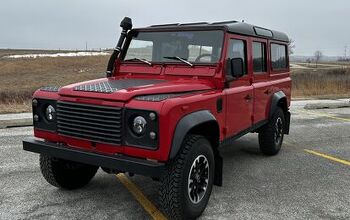
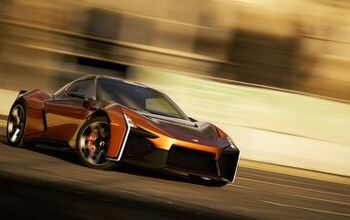
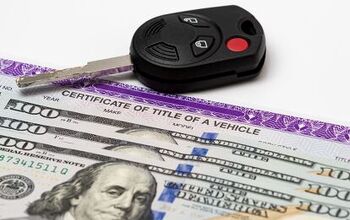
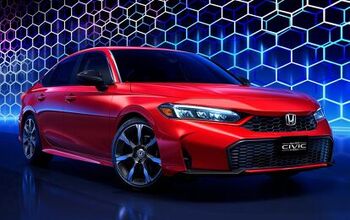
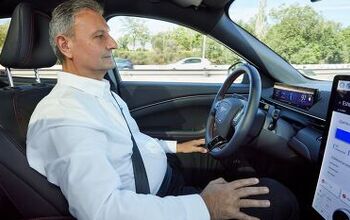

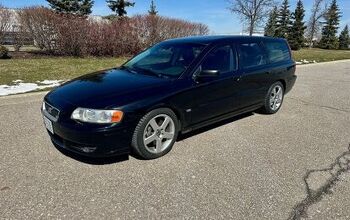
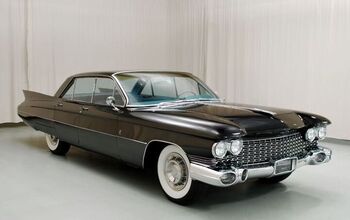
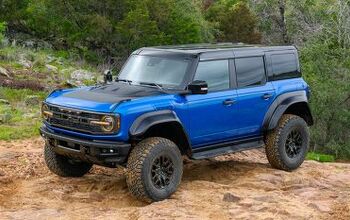

Comments
Join the conversation
I give up. The "Read all comments" only works sometimes today and part of yesterday. Useless.
This seems like precisely the sort of application where BEVs and a plausibly achievable standard of self-driving automation can work. Entirely within a tightly-mappable environment where virtually all possible destinations will have a readily available defined address, Fleet service where a home base can be set up to assure reliable access to charging, with single-point management of scheduling to prevent demand surges and slack periods, so the location can be optimized for steady flow instead of needing to be sized to meet a large demand peak.